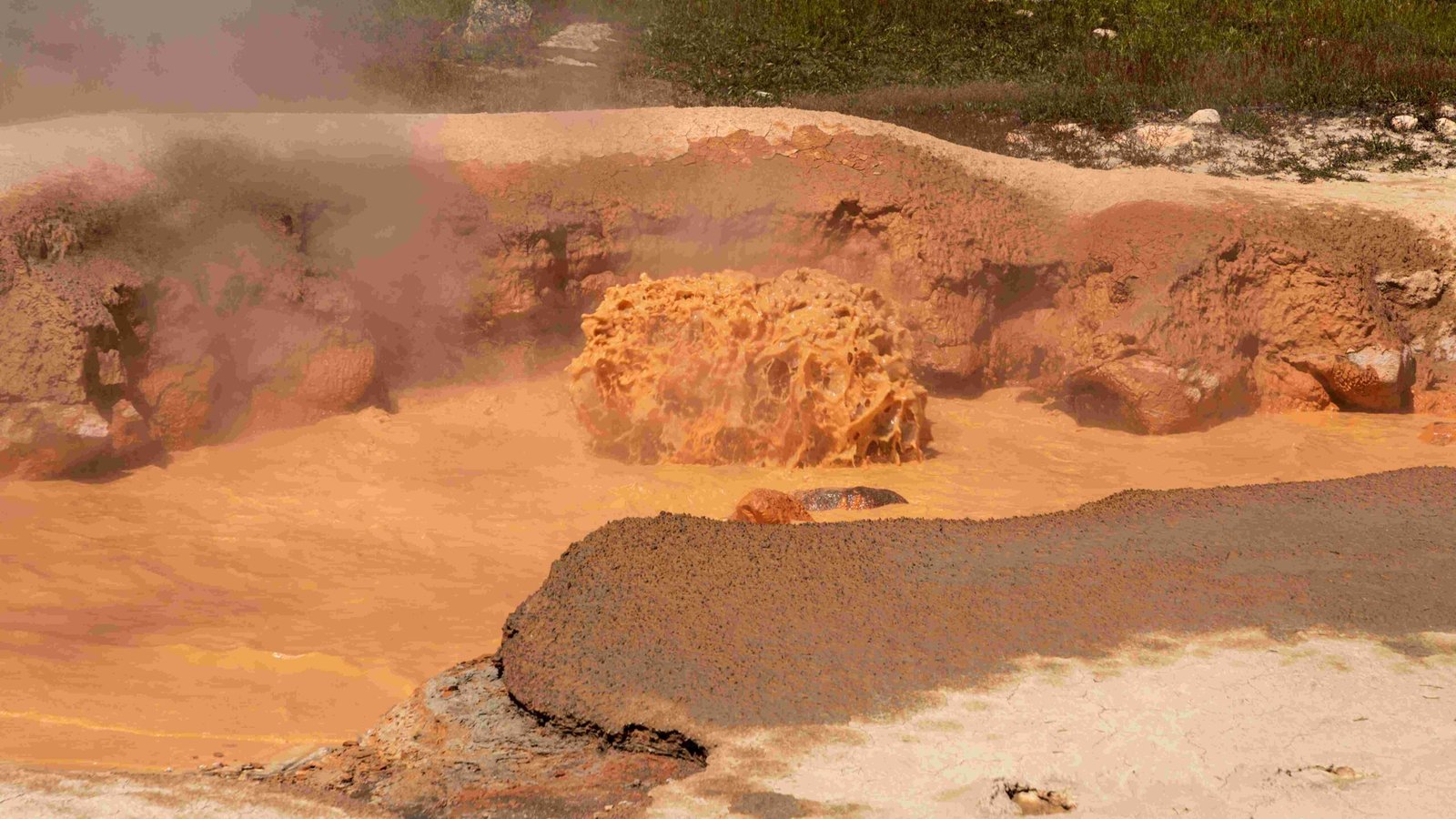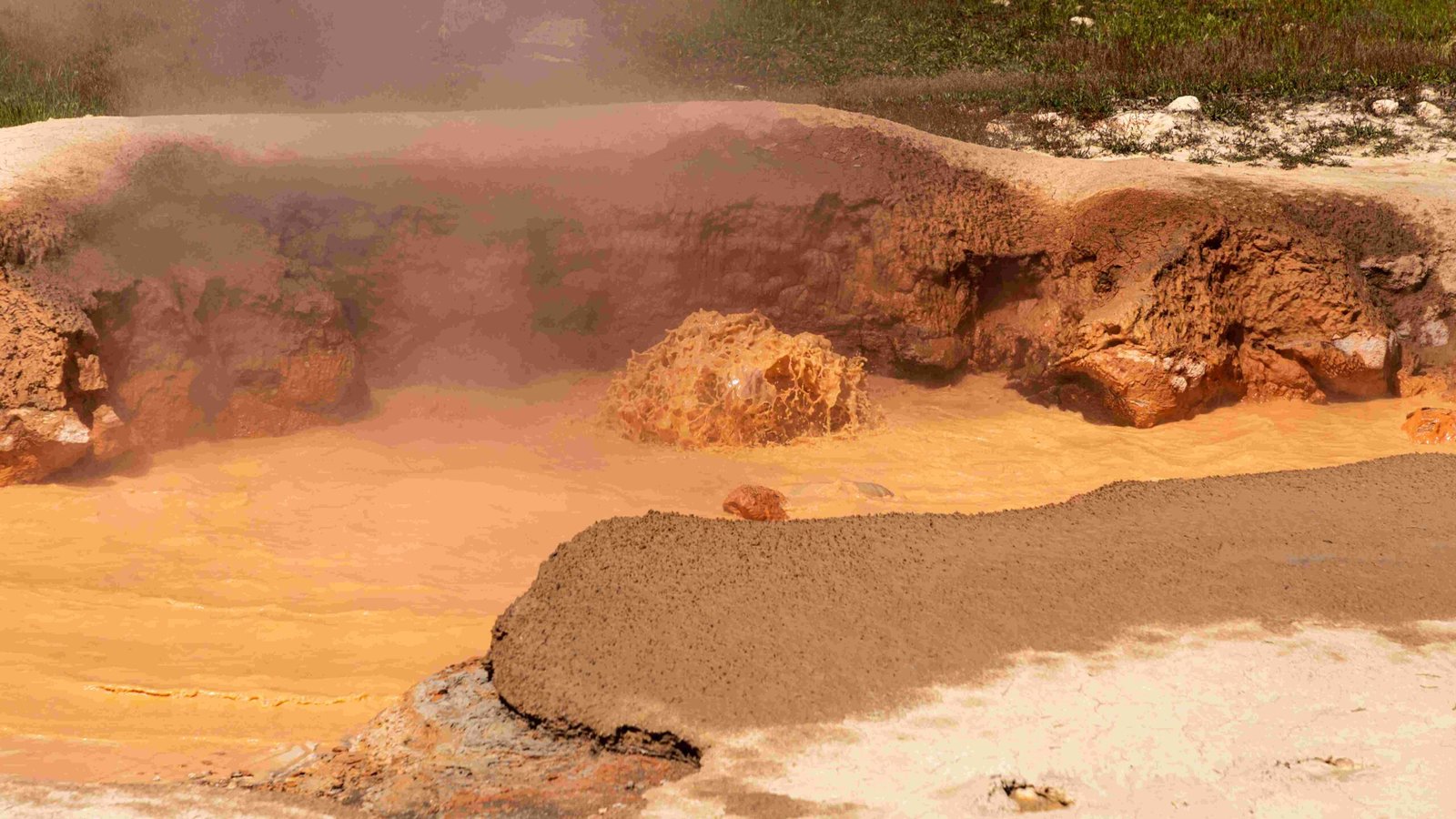Yellowstone National Park, America’s first national park, is a treasure trove of natural wonders. From geothermal features to diverse wildlife and stunning landscapes, it offers a plethora of attractions for visitors. This guide covers all the tourist sites in Yellowstone National Park, providing essential information for planning your visit to this iconic destination.
What Are the Must-See Attractions in Yellowstone National Park?

Yellowstone National Park boasts numerous attractions that draw millions of visitors each year. Here are some of the most popular sites:
- Old Faithful Geyser
- Grand Prismatic Spring
- Yellowstone Lake
- Grand Canyon of the Yellowstone
- Mammoth Hot Springs
- Lamar Valley
- Norris Geyser Basin
- Upper Geyser Basin
- Hayden Valley
- Tower Fall
Old Faithful Geyser
- Location: Upper Geyser Basin
- Eruption Frequency: Approximately every 90 minutes
- Height of Eruption: 106-184 feet
- Duration: 1.5 to 5 minutes
Old Faithful is perhaps the most famous attraction in Yellowstone. This predictable geyser has been delighting visitors for centuries with its regular eruptions of steaming water.
Grand Prismatic Spring
- Location: Midway Geyser Basin
- Size: Approximately 370 feet in diameter
- Depth: Over 121 feet
- Notable Feature: Vibrant rainbow colors caused by heat-loving bacteria
The Grand Prismatic Spring is the largest hot spring in the United States and the third-largest in the world. Its stunning colors make it a photographer’s dream and a must-see for all visitors.
Where Can I Find the Best Wildlife Viewing Opportunities?

Yellowstone is home to an incredible array of wildlife. Here are some prime locations for wildlife viewing:
- Lamar Valley
- Hayden Valley
- Mammoth Hot Springs
- Madison River
- Fishing Bridge
| Location | Best Time to Visit | Common Wildlife |
|---|---|---|
| Lamar Valley | Dawn and Dusk | Wolves, Bison, Elk |
| Hayden Valley | Early Morning | Grizzly Bears, Bison |
| Mammoth Hot Springs | Year-round | Elk, Bighorn Sheep |
| Madison River | Spring and Fall | Bison, Elk, Bears |
| Fishing Bridge | Summer | Grizzly Bears, Cutthroat Trout |
Remember to always maintain a safe distance from wildlife and never feed or approach them.
What Are the Most Scenic Hiking Trails in Yellowstone?
Yellowstone offers numerous hiking trails for all skill levels. Here are some of the most scenic options:
- Mount Washburn Trail
- Length: 6.2 miles round trip
- Difficulty: Moderate
-
Highlights: Panoramic views, wildflowers
-
Fairy Falls Trail
- Length: 5 miles round trip
- Difficulty: Easy
-
Highlights: Grand Prismatic Spring overlook, 200-foot waterfall
-
Uncle Tom’s Trail
- Length: 0.7 miles round trip
- Difficulty: Strenuous
-
Highlights: Close-up view of Lower Falls
-
Storm Point Loop
- Length: 2.3 miles round trip
- Difficulty: Easy
- Highlights: Yellowstone Lake views, forest and meadow landscapes
How Can I Experience Yellowstone’s Geothermal Features?
Yellowstone’s geothermal features are a major draw for visitors. Here are some ways to experience them:
-
Geyser Basins: Visit the Upper, Midway, and Lower Geyser Basins to see a variety of geysers, hot springs, and mud pots.
-
Boardwalk Trails: Many geothermal areas have boardwalk trails that allow for safe, close-up viewing.
-
Ranger-Led Programs: Join a ranger-led program to learn about the park’s geothermal features.
-
Old Faithful Visitor Education Center: Explore interactive exhibits about the park’s hydrothermal features.
-
Mammoth Hot Springs: Walk the terraces to see the ever-changing limestone formations.
What Are the Best Scenic Drives in Yellowstone?
Yellowstone offers several scenic drives that showcase the park’s diverse landscapes:
- Grand Loop Road
- Length: 142 miles
-
Highlights: Passes by many major attractions
-
Beartooth Highway
- Length: 68 miles
-
Highlights: Stunning mountain views, alpine lakes
-
Lamar Valley Road
- Length: 38 miles
-
Highlights: Prime wildlife viewing, expansive valleys
-
Firehole Lake Drive
- Length: 3 miles
- Highlights: Geothermal features, including Great Fountain Geyser
Remember to drive slowly and be prepared for wildlife on the roads.
How Can I Plan My Visit to Yellowstone National Park?
Planning a visit to Yellowstone requires some preparation:
-
Choose Your Season: Each season offers unique experiences. Summer is busiest but offers full access to facilities. Winter provides a serene, snowy landscape but limited access.
-
Book Accommodations Early: Lodging inside the park fills up quickly, especially for summer visits.
-
Plan Your Itinerary: With so much to see, it’s important to prioritize your must-see attractions.
-
Check Park Conditions: Always check the official Yellowstone National Park website for current conditions and closures.
-
Pack Appropriately: Weather can be unpredictable, so pack layers and appropriate gear for outdoor activities.
-
Follow Park Rules: Respect wildlife, stay on designated trails, and practice Leave No Trace principles.
By exploring all the tourist sites in Yellowstone National Park, you’ll create memories that last a lifetime. From geysers to wildlife, scenic vistas to hiking trails, Yellowstone offers an unparalleled natural experience for all who visit.
